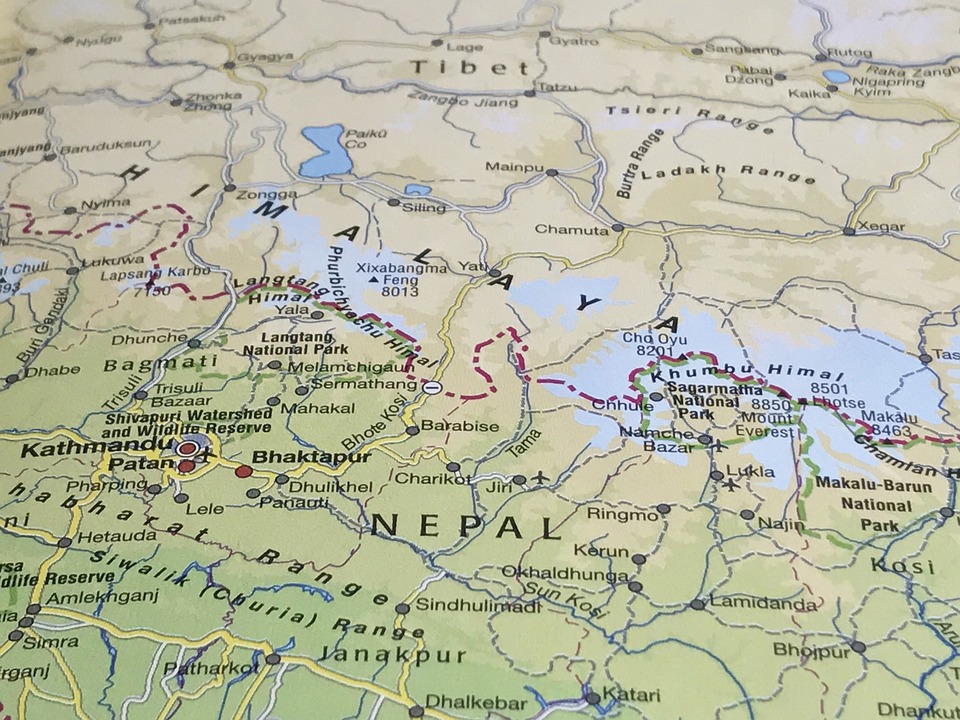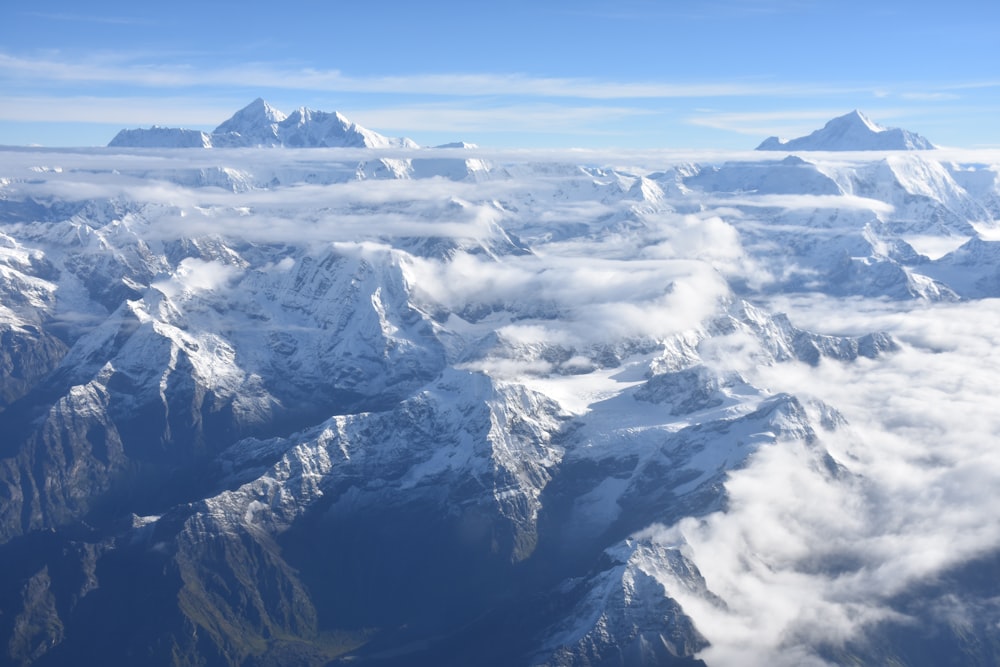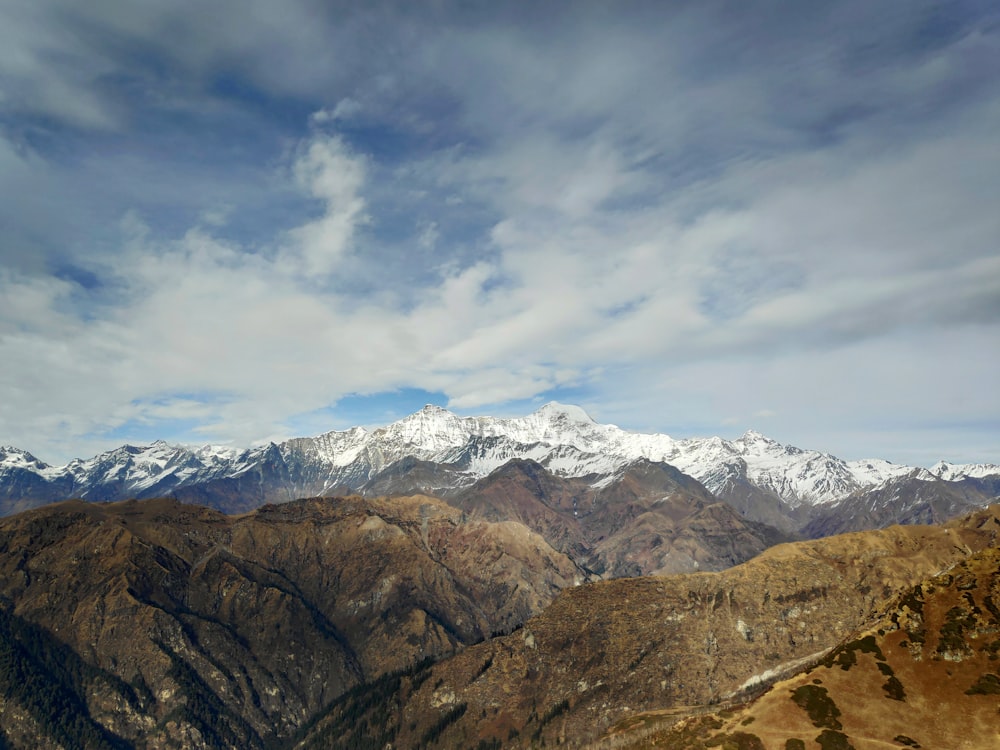Himalayas|
Himalayas or Himalaya is the world's biggest Mountain range in Asia. Himalayas
is the home o many highest peaks in the world like Mount Everest. The Himalayas
has its own features when it comes to in terms of Geography. So all about the Himalayas we are going to Discuss in this Topic So let's Start :
The Himalayas :
The Himalayas form a
barrier between the Indian subcontinent and the Tibetan Plateau. The Himalayas,
which stretch somewhere in the range of 2,900 Kilometers between India,
Pakistan, China, and Nepal, is the world's tallest mountain run.
Notwithstanding Mount Everest, the world's tallest mountain by top rise
remaining at 8,848 meters tall, the range likewise includes a few other
mountain tops more than 8,000 meters. It is the main mountain range to flaunt
mountains of more than 8,000 meters—the next in line is a mountain go in South
America, whose tallest pinnacle is only 6,962 meters tall. Their name means
abode of snow, and the world's highest mountains are found here. The Himalayas
are sublime you look out and you feel like you can see to the ends of the earth.
You feel connected to everything all at once and yet you feel very small. The
scale of the Himalayas and the physical toughness of being there almost beggars
the imagination. In the valleys, the mountains shelter a mosaic of habitats each
with its own unique plants and wildlife. The people who live there are
certainly the most welcoming of any people, and they have a common-born, they
have a spiritual association with the mountains. The Himalayas profoundly
shaped the lives of the people who live there, but their influence is also felt
by many who live far beyond their realm. The Himalayas are of course the
largest mountain chain on earth but beyond that, snow-clad they are also a collection of
snow clad mountains and glaciers that are the water supply to 40% of the
planet. With spring comes the Thor and meltwater is released slowly from the
glaciers and snow. It's the source of the great rivers of Asia the lifeblood of
countries bordering the Himalayas such as India and China, and each year the
monsoon replenishes the stalks of ice and snow. Keeping those snows alive and keeping the glaciers going is basically what nature does for us and yet we are
destroying that cycle because of climate change. With rising global
temperatures the glaciers are melting faster than their being replenished
they're slowly retreating, and the water they hold in their frozen grip is
disappearing. The Himalayas give us one of the most precious things we have on
earth which is freshwater and this is priceless not only in its material form
but also in its spiritual and sacred flavors. The future of billions of people
depends on the great gift of water from the Himalayas a wilderness endowed with
the power of nature.

Formation Of the Himalayas :
How were the Himalayas Formed? A large number of years back, these mountain
tops didn't exist. The Asian mainland was for the most part flawless, yet India
was an island gliding off the shore of Australia. Around 220 million years
prior, around the time that Pangea was breaking separated, India began to move
northwards. It voyaged exactly 6,000 kilometers before it at long last slammed
into Asia around 40 to 50 million years back. At that point, some portion of
the Indian landmass started to go underneath the Asian one, moving the Asian landmass
up, which brought about the ascent of the Himalayas. It’s thought that India’s
coastline was denser and more firmly attached to the seabed, which is why
Asia’s softer soil was pushed up rather than the other way around. The mountain
extend became quickly in contrast with most mountain reaches, and it's in
reality despite everything developing today. Mount Everest and its colleagues
really develop by around a net of about a centimeter or so consistently. That
is in contrast with the Appalachian Mountains, which were built up around 300
million years prior or more, which are really diminishing in top heights as
they disintegrate. The proceeded development in the Himalayas is likely
because of the Indian structural plate despite everything moving gradually
northward. We realize the plate is as yet moving to some degree in light of the
successive seismic tremors in the area. Presently, on the off chance that you
figure it out, you'd find that if the Himalayas had been developing at the
current rate for 40 million years, they ought to be around 400 km tall! On the
off chance that that was valid when the foundation was set up, this would have
given us a lot less expensive approach to place things into the low Earth circle
and past. (For reference, the International Space Station commonly circles at
between 300 km to 400 km.) So what was the deal? Partially, the pace of
vertical development has shifted after some time, remembering for the favor of
progressively even development. And, of course, gravity and erosion have
limited the mountains’ growth significantly.
If you’re wondering who
first figured out how the Himalayas formed, India merging into Asia became the
accepted theory for this formation around 1912. That is when Alfred Wegener, a
German meteorologist, concocted the "Hypothesis of Continental Drift"
which gave us our first thoughts regarding Pangea, structural plates, and the
idea that mainlands were drawing ceaselessly from or nearer to one another.
What does the future for the Himalayas look like? Undoubtedly, the mountains
will continue to grow, though at the same time eroding too; but the net is
expected to continue to grow as the Indian tectonic plate doesn’t look like
it’s going to slow down any time soon. That implies more seismic tremors and,
after some time, somewhat taller mountains to ascend.

Bonus Facts About Himalayas :
• The fossils of the ocean and
beachfront animals can at present be found in the Himalayas, as it was once
two coastlines that combined. These fossils not just give proof that the
Himalayas once existed on a coastline, yet in addition data about environmental
change and plate development.
• The name for the
Himalayas comes from the Sanskrit for snow and dwelling: “him” and “ālaya”
respectively. Essentially, the home of the snow.
• Mount Everest is named after one of the Surveyor Generals of India, George Everest. It was not, be that as it may, Everest who first study the mountain, however, Andrew Waugh assumed control over the job of Surveyor General after Everest. Waugh figured it would be a smart thought to name the mountain after his antecedent. Everest didn't care for the thought, however, he was overruled and his name was in the long run embraced for the mountain by the Royal Geographical Society in 1865.
• While Everest is commonly viewed as the tallest mountain on Earth since it arrives at the most noteworthy rise, some contend this ought not to be the measure utilized, but instead the tallest from the base to top. All things considered, Hawaii's Mauna Kea would be the tallest at around 10,200 meters from its base on the seafloor to its top at 4,205 meters above ocean level.
• Sir Edmund Hillary and Tenzing Norgay, his Sherpa control, turned into the main individuals to effectively move to the pinnacle of Mount Everest in 1953. Before Hillary, several dozen attempts had been undertaken to climb to the peak since 1921. Since Hillary, nearly 3000 people have accomplished the same feat and around 200 have died trying.
• The Himalayas fill in as
a "climatic partition" just as a physical obstruction between India and
the remainder of the mainland. They forestall cold winter twists from going
into India in the winter, making India hotter than different locales similarly
of scope at that equivalent season. Likewise, they forestall the southern
rainstorm twists from taking dampness over the outskirt to Tibet; the outcome
is India gets unmistakably more precipitation than the moderately progressively
dry Tibet.

So that’s all about the
topic “Himalayas. Why & How were the Himalayas Formed?" I hope
you all learn something new and if you like it then share it. If you want to give credit to this topic then click on any of the ads shown in the article that will be helpful.
Thank You







0 Comments
Please Do not enter any spam link in the comment box.